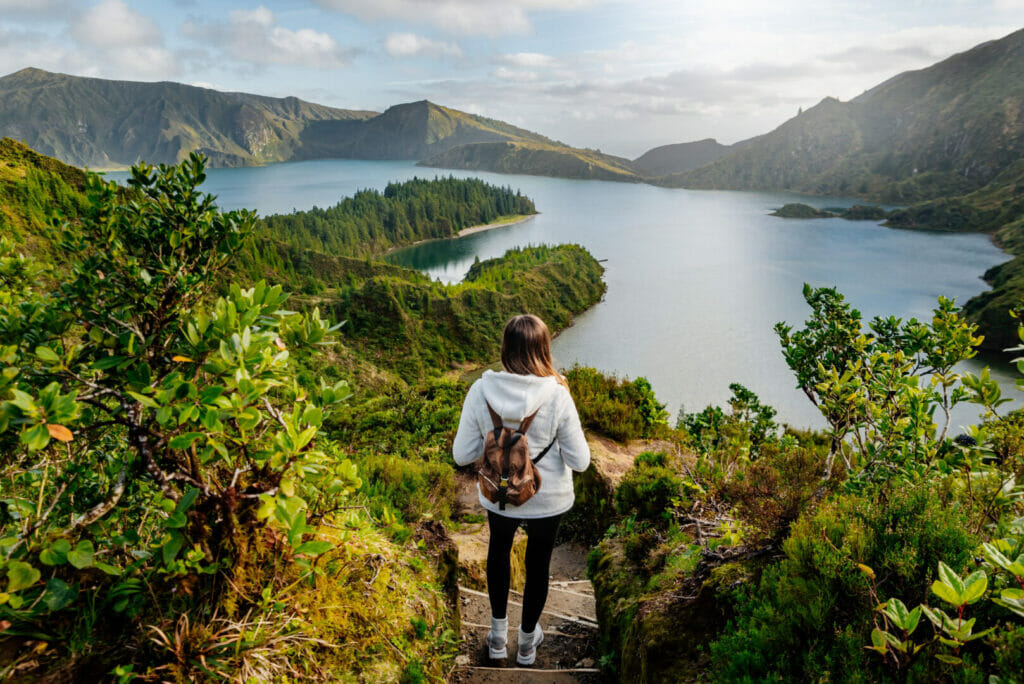Glossary Windsurfing
In windsurfing there are some differences from surfing. That also in the terminology. Here is a small overview.
The side facing the wind.
The downwind side.
This steering maneuver involves turning the nose (bow) of the board in the direction of the wind.
This steering maneuver involves turning the nose (bow) of the board away from the wind.
Wind blowing sideways to the land.
Offshore wind. The wind works against the waves and thus steeper and cleaner waves are created. For surfers the optimal wind position.
Onshore wind. The wind blows from the sea and makes the waves - depending on the wind strength - choppy. Therefore, the waves are no longer so good to surf.
In windsurfing there are many rules that must be followed. For this, there are even some right of way rules that you must follow and learn in each course.
A beach where you can windsurf.




